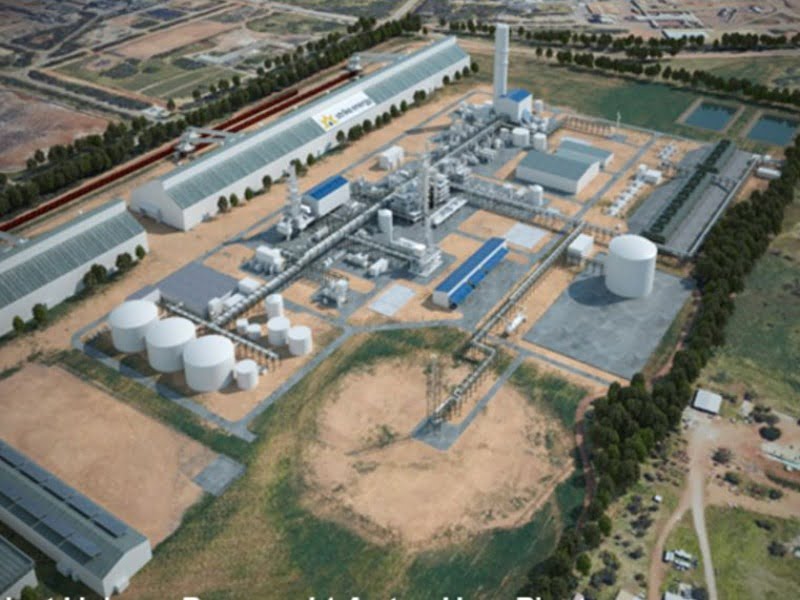Two urea fertiliser projects with the potential to replace imports have been given the green light through federal loans and major project status.
The Perdaman Chemicals project in the Pilbara and the Strike Energy project near Geraldton come at a cost of $4.3 billion and $3 billion respectively. At full capacity, the projects are expected to have an annual output of 2.3 million and 1.4 million tonnes of agricultural grade urea.
Urea used in fertiliser is not the same as the technical grade urea that is used in truck diesel additive AdBlue.
Australia imports 2.4 million tonnes of agricultural urea annually, which makes up more than 90 per cent of the country’s urea fertiliser use. Prior to export restrictions introduced in December last year, 80 per cent of urea imports came from China.

Strike Energy’s Geraldton project, aka Project Haber, has been given major project status by the federal government. This status recognises projects over $50 million as being of strategic significance to the country.
It also gives firms close access to the Major Projects Facilitation Agency, which simplifies the Commonwealth regulatory approval process. Construction on Project Haber is expected to begin in 2023.
Minister for Industry, Energy and Emissions Reduction Angus Taylor said the Strike Energy project would create an estimated 1,135 full-time jobs over the three-year construction period and 300 full-time jobs for the operation of the plant over its 30-year life.
“Strike Energy’s project has enormous potential for job creation and emissions reduction through embracing new technologies and onshore manufacturing,” Minister Taylor said.
“The facility has the potential to deliver significant emissions reduction to Australia’s urea manufacturing sector through the use of advanced ammonia and gas processing technology, as well as dedicated clean hydrogen.”
Although, according to a Strike Energy report released in May 2021, only 1.25 per cent of Project Haber’s input will be green hydrogen.
The Perdaman plant is expected to be operational in 2025, with an agreement to sell to Incitec Pivot Fertilisers already secured. In support of the Perdaman project, a federal government development financier – the Northern Australia Infrastructure Fund (NAIF) – has made two loans to Western Australian government infrastructure projects. Major project status was awarded to the Perdaman project in March 2019.
The Water Corporation was loaned $95 million to expand a seawater supply and brine disposal scheme that will connect to the urea plant. The other $160 million loan went to the Pilbara Ports Authority for the construction of a new multi-user wharf at the Port of Dampier to facilitate exports.
Federal Science and Technology Minister Melissa Price expects the Perdaman project to bring in $8.5 billion in public benefit.
“This investment is great news for Karratha, Dampier and the broader region, this project will support a peak of 2,490 construction and operations jobs over its 40-year life,” Ms Price said.
WA Minister for State Development, Jobs and Trade Roger Cook also highlighted the economic opportunity the Perdaman project presents.
“Recent international supply chain issues have highlighted just how important urea is to industry sectors such as agriculture and transport. Western Australia has the potential to supply these sectors with the urea they need,” Minister Cook said.
“As the first new gas manufacturing project in the Pilbara for more than a decade, the Perdaman Urea Project will play a role in helping diversify Western Australia’s economy and create local jobs.”
When complete, the Perdaman urea plant will be the largest in Australia. It will be overtaking Incitec’s Brisbane plant, which produces 950,000 tonne of urea fertiliser annually.
Do you know more? Contact James Riley via Email.

